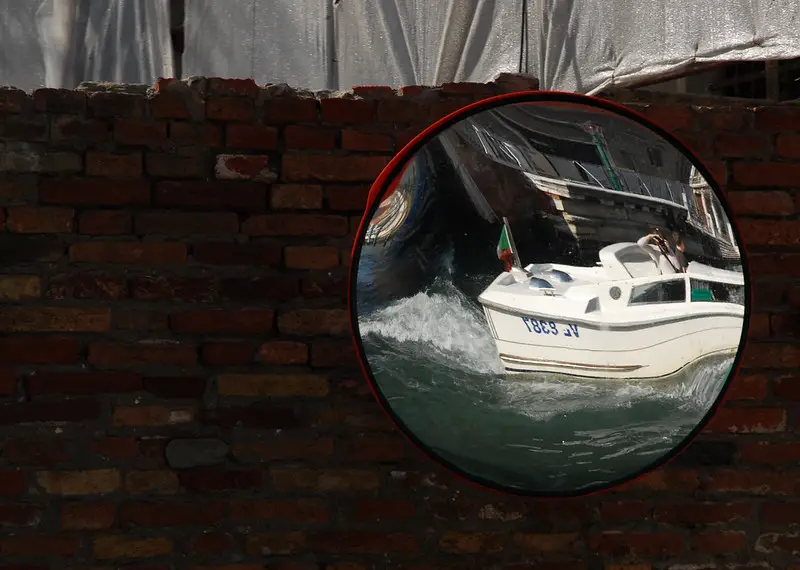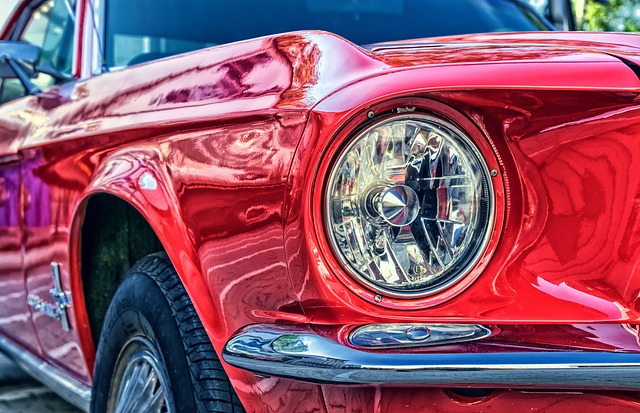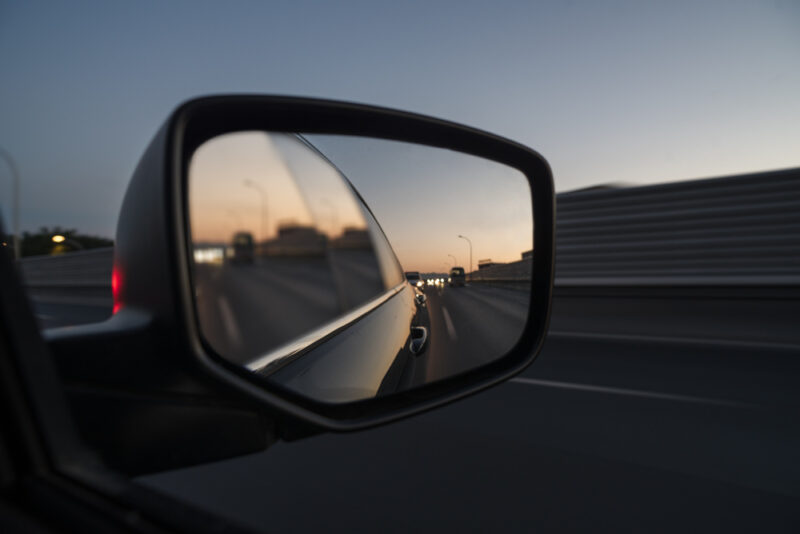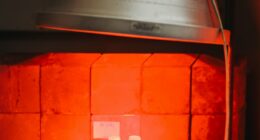Convex mirrors curve outwards, diverging light for a wider view. Concave mirrors curve inwards, converging light for magnification.
TL;DR Convex mirrors Vs. Concave mirrors
Convex mirrors have an outward curve, making light rays diverge for a wider view and smaller object images. They’re used in security and vehicles.
Concave mirrors have an inward curve, converging light for magnified images. They’re found in telescopes, microscopes, and makeup mirrors. Understanding their differences helps us appreciate their roles in safety, optics, and more.
What is a convex mirror?

A convex mirror is a reflective surface curved outward, resembling the exterior of a sphere. It causes light rays to diverge upon reflection, resulting in a wider field of view. Objects appear smaller and upright in virtual images produced by convex mirrors. These mirrors find applications in safety mirrors for improved visibility in traffic and surveillance.
What is a concave mirror?

A concave mirror is a reflective surface curved inward, similar to the inside of a bowl. It converges light rays, focusing them at a specific point called the focal point. Depending on object placement, it can create magnified or real/virtual images. Used in telescopes, headlights, and makeup mirrors for magnification and focusing.
Convex mirrors Vs. Concave mirrors – Key differences
| Aspect | Convex Mirrors | Concave Mirrors |
|---|---|---|
| Shape | Outward curvature | Inward curvature |
| Light Interaction | Diverges light rays | Converges light rays |
| Field of View | Wider field of view | Narrower field of view |
| Image Characteristics | Smaller, upright virtual images | Magnified, real/virtual images |
| Applications | Safety mirrors, wide-angle views | Telescopes, magnification, optics |
Uses of convex and concave mirrors
Convex Mirrors
- Safety Mirrors: Used in traffic intersections, parking lots, and driveways to provide a wider field of view for drivers, reducing blind spots.
- Security: Installed in stores, public spaces, and buildings for surveillance, allowing for monitoring of larger areas.
- Décor: Found in makeup and shaving mirrors, providing a broader perspective.
Concave Mirrors
- Optical Instruments: Used in telescopes and microscopes to gather and focus light, enabling detailed observations of distant celestial bodies or microscopic subjects.
- Headlights: Applied in vehicle headlights to provide focused and concentrated illumination on roads.
- Makeup and Dentistry: Used in magnifying mirrors for applying makeup, examining small details, and dental procedures.
- Solar Power: Utilized in solar concentrators to focus sunlight onto a small area, generating heat for various applications.
Image Credits
Featured Image By – fanjianhua on Freepik









